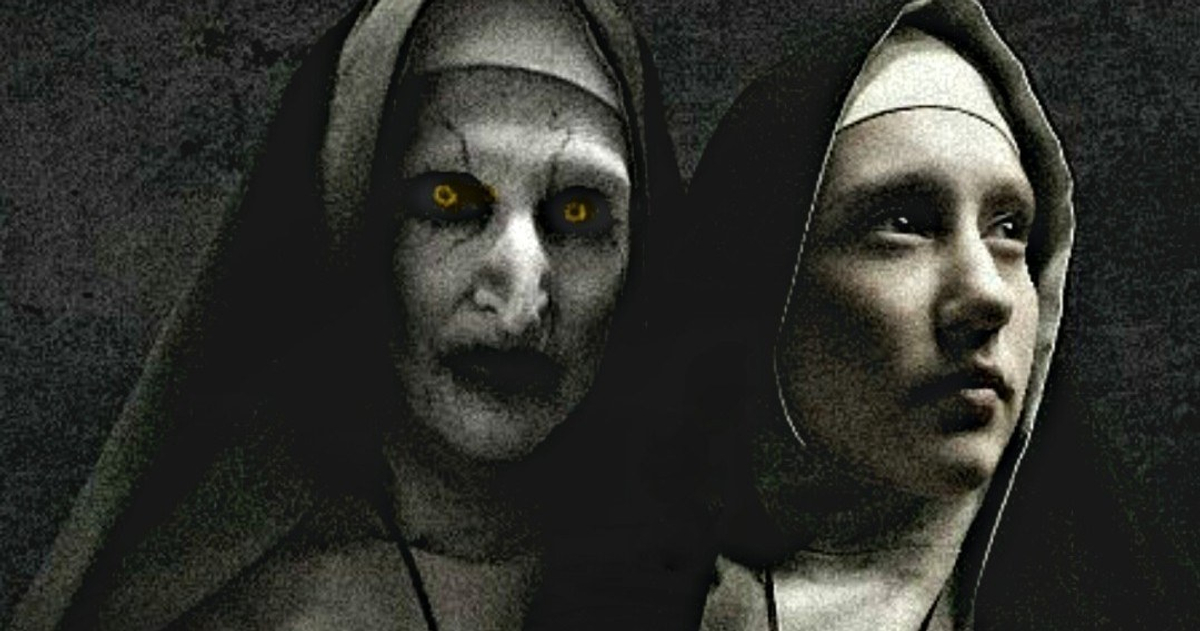
The history of Viking metal
By Caroline Ho, Arts Editor
The story of Viking metal begins 1,200 hundred years ago, when Scandinavians set out aboard their longships with their battle axes and bass guitars. Okay, not quite.
Viking metal is mostly seen as an offshoot of black metal, which in turn grew out of thrash and death metal in the ’80s, pioneered by bands like Venom in England, Mayhem in Norway, and Hellhammer in Switzerland. Venom’s 1982 album Black Metal and its titular first track are responsible for coining the name. The genre is usually distinguished by its Satanic themes: A lot of the lyrics express ideas of anti-Christianity, war, death, and general destruction. Black metal is also notable for the explicit imagery and characteristics adopted by musicians, many of whom go by stage names (like King Diamond, or Kim Bendix Peterson, of Mercyful Fate) and wear corpse paint for a demonic look.
Where black metal revels in Satanism, Viking metal instead turns to the symbolism of Nordic mythology. The first band to take this step was the highly influential Bathory, hailing from Sweden and fronted by Quorthon (Tomas Forsberg). Founded in 1983, Bathory stuck to the more typical anti-Christian themes that characterized black metal, at first. With their fourth album Blood Fire Death (1988), they shifted away from this and instead invoked Viking imagery, most notably in the album’s introductory instrumental track “Odens Ride Over Nordland” and in the lyrics of songs “A Fine Day to Die” and “Blood Fire Death,” with the former featuring lines like “Two times a hundred men in battles/Tried by the steel in the arrow axe and the sword.”
Bathory’s next album Hammerheart (1990) is usually seen as the first true Viking metal album and a defining album for the genre. It was a huge departure from Bathory’s previous work, both musically and thematically. Instead of the frenetically aggressive pace and harsh, high-pitched sing-shrieking that Quorthon used in previous albums, the vocals of Hammerheart are lyrical and haunting, backed by chorus-like chanting against slower tracks with a sweepingly majestic atmosphere. The music video for “One Rode to Asa Bay” shows armoured, helmeted Viking warriors in longships setting sail, and the song features a distinctive folk-like melody. The lyrics of the entire album recount the glorified history of the Viking Age, with songs about epic battles, the might of the gods, and the valour of death to gain entry into Valhalla.
Other bands took up this pagan warrior spirit throughout the ’90s. The Norwegian band Enslaved, who have cited Bathory as a major influence, released their first EP Hordanes Land in 1993, followed by the full-length album Vikingligr Veldi the following year. Einherjer, also from Norway, entered the scene with Dragons of the North in 1996, with many of their lyrics reciting specific Scandinavian myths. Other bands of this style include Moonsorrow from Finland, Unleashed and Thyrfing from Sweden, Falkenbach from Germany, Tyr from the Faroe Islands, and many more.
Some groups that picked up on the Viking aesthetic also melded it with the musical style of death metal (which tends to be more technically sophisticated and less “raw” in quality than black metal). Whether death or black, Viking metal is usually identified as a fusion of metal with Nordic folk music and lyrics about Nordic mythology. Some bands sing partly or entirely in Icelandic or Old Norse, and sometimes take verses from Viking-age poetry. Almost all of these bands claim direct heritage from the Vikings.
Viking imagery and Scandinavian heritage aren’t the only sources of historical inspiration in metal music. Largely spurred by the success of Viking metal, pagan metal and folk metal also embrace the ancestral roots of musicians. In Ireland, bands like Cruachan and Primordial kicked off the genre of Celtic metal in the early ’90s. Estonian band Metsatöll, active since 1999, incorporates traditional instruments like flutes and goat horns in their songs about their homeland. Heidevolk, founded in 2002 in the Netherlands, sings mainly about the many Germanic gods, heroes, and fantastic creatures in Northern European folklore.
Viking metal was an explicit reaction against the Satanic themes of black metal, an alternate outlet for expressing discontentment with the dominant religious spirit. In the liner notes of Bathory’s 1996 album Blood and Ice, Quorthon explained the movement as a desire to look back to a simpler time in history— “And what could be more simple and natural than to pick up on the Viking era?” Incorporating folk motifs and mythology, Viking metal is a rediscovery of pure, heroic Scandinavian spirit.


